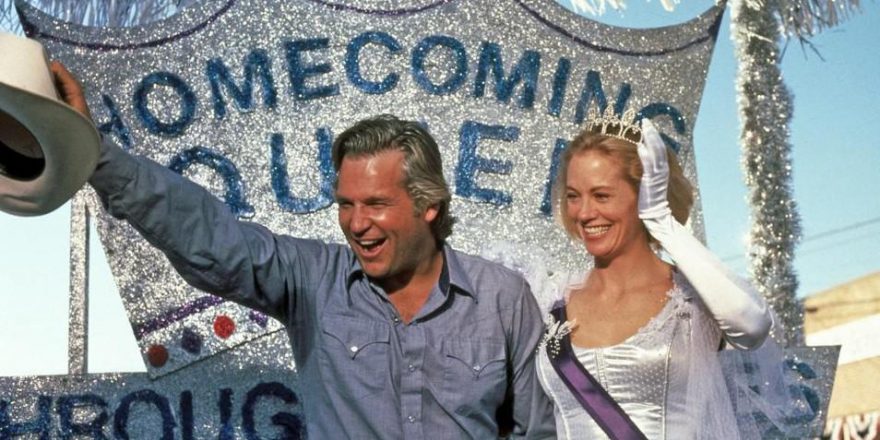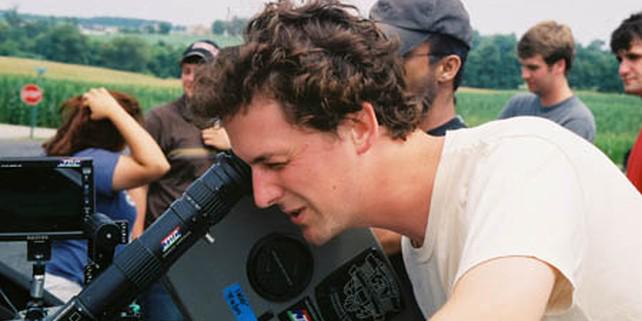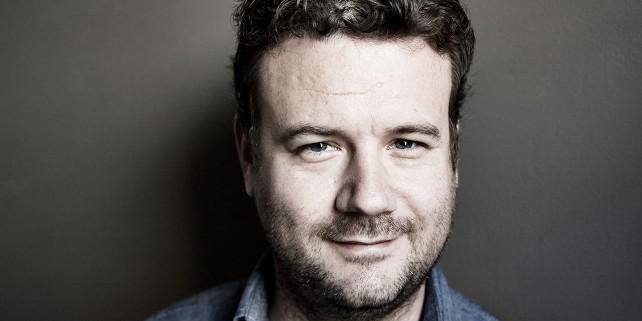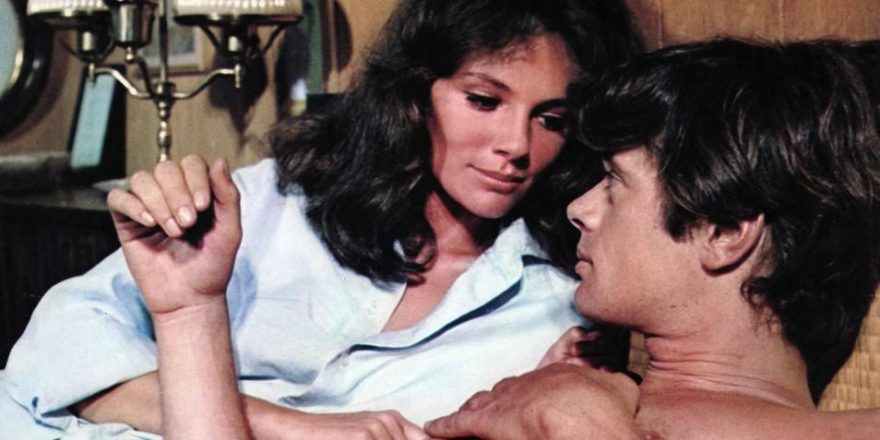This week marks the 25th anniversary of Peter Bogdanovich’s criminally underseen Texasville. The film, like the Larry McMurtry novel on which it was based, continued the stories of the characters from Bogdanovich’s The Last Picture Show, and pulled off something remarkable: it proved to be a worthy companion piece to one of the greatest films ever made. Artistically, anyway — commercially was another story. The problem was that in 1990, The Last Picture Show had been very difficult to access for many years; music rights issues kept it from coming out on home video until after Texasville’s release, and it was virtually unknown to moviegoers under a certain age. Mainstream audiences just weren’t interested in a sequel to something they had never seen, and the film came and went — in spite of the fact that it was every bit as great as that other masterpiece by a New Hollywood auteur that came out in September 1990, Martin Scorsese’s GoodFellas.
When The Last Picture Show was released in 1971, Newsweek critic Paul D. Zimmerman (who later wrote Scorsese’s The King of Comedy) famously called it the most impressive work by a young director since Citizen Kane. The review was not hyperbole — The Last Picture Show was and is the American movie, the film that more than almost any other, summed up everything that was great about the American cinema in the 45 years preceding it and paved the way for the best films of the 45 years that would follow. It synthesized the elegy of John Ford, the humanism of Leo McCarey, the tragedy of Orson Welles, and the attention to small-town detail of Frank Capra, whose unique blend of comedy and melancholy informed the picture. Yet there was nothing imitative about the film; Bogdanovich absorbed his influences without regurgitating them, and applied them to material with a bolder sense of sexuality and a darker, more probing and realistic view of human nature than one usually found in the classical Hollywood cinema. The Last Picture Show was the bridge between the old Hollywood Bogdanovich revered and the new one he helped create, the Hollywood of Mean Streets and American Graffiti (both of which Bogdanovich beat by two years in his innovative use of a song score), of Altman and Ashby, of The Godfather and Walter Hill’s Hard Times.
I can think of few other films like it, movies that have as wide a range of tones and emotions and balance them so delicately; the deep sympathy Bogdanovich feels for his characters is palpable in every frame, yet his view of their pettiness and weakness is unblinking and unromantic. The film is profoundly sad and grim at times, yet ultimately, like all of Bogdanovich’s work, life-affirming. That’s because Bogdanovich’s view of human nature is so rich, complex, and honest that it can’t help but elevate both the characters and the audience — even Jean Renoir can’t really match the precision of Bogdanovich’s insight and the depth of his feeling for people at both their best and their worst. Has there ever been an American director with fewer villains in his or her filmography? And the amazing thing is that The Last Picture Show was hardly a one-off; Bogdanovich’s vision only deepened and expanded over time in masterpieces like Paper Moon, Saint Jack, They All Laughed, Mask and The Thing Called Love.
Texasville is possibly Bogdanovich’s greatest film, and certainly the purest distillation of his directorial personality. The movie picks up with the characters of The Last Picture Show 33 years after high school, when Duane (Jeff Bridges) has become wealthy thanks to some luck in the oil business, and his old best friend Sonny (Timothy Bottoms) has succumbed to depression. Jacy (Cybill Shepherd), the woman who came between them so many years earlier, has returned to town after years of traveling the world as an actress. All of the other major characters from Picture Show return as well, alongside new figures like Duane’s spunky but long-suffering wife Karla (Annie Potts). She and Duane regularly cheat on each other, though neither seems to take much joy in it — indeed, barely anyone in the movie seems to find much joy in anything, with the possible exception of Duane’s womanizing son, Dickie (William McNamara). They’re nearly all unhappy but unwilling or unable to do anything about it, and they’re all haunted by ghosts — whether it’s Jacy’s dead child, Sonny’s mentor, Sam the Lion (Ben Johnson in the original film), or the ghost of the town itself, which has moved forward in time without remembering to take its citizens along.
In keeping with the breadth of Bogdanovich’s vision, Texasville is a movie about sad, lonely people that is buoyant and hilarious. The film couldn’t possibly deal with more depressing ideas, yet it’s gloriously entertaining. Virtually every scene operates on multiple emotional levels, with superficially funny bits of sex comedy exposing sorrow and regret and scenes about death and loss giving way to reveal hopefulness and love. And not “movie” love, but love the way it exists in life, born of experience, mistakes and understanding. There is a moment in Texasville when Jacy talks about her dead child while watching Duane’s kids play that is the single most moving thing I have ever seen on screen, and it coexists with moments of slapstick comedy, family melodrama and social satire in a mixture that never once makes a tonal misstep. Bogdanovich’s control as a director is supreme, but you never notice it because it’s a control at the service of ideas and emotions. For a director whose legend looms as large as it does over the American cinema landscape, Bogdanovich is one of the most self-effacing of all auteurs.
I believe that this has, in recent years, led him to be slightly underrated. His technique is every bit as audacious and sophisticated as that of a Scorsese or Spielberg, but it doesn’t announce itself as loudly — and these days, anything that doesn’t announce itself loudly runs a big risk of being ignored. Like all of Bogdanovich’s films, Texasville is a film that uses its camera democratically, to honor multiple points of view and create an open-ended experience for the audience. Bogdanovich favors long takes and frames that encompass as many characters as possible (except when he is trying to make a point about a particular figure’s isolation), visually expressing his Renoir-esque notion that we all have our reasons, and those reasons should all be understood, examined and respected. This is common to almost all of Bogdanovich’s films, but his sensibility finds its fullest realization in Texasville — perhaps due to some ineffable qualities that grew out of the circumstances of its production.
The Last Picture Show yielded almost as much drama on set as it did on screen, when Bogdanovich left his wife Polly Platt for leading lady Cybill Shepherd. This was even more complicated than the usual director-actress affair, since Platt was also the production designer on the film; she decided to stay on and not deal with the tumult of her personal life until her job was done. There was also tension on the set between Bogdanovich and Bottoms, partly due to differences in working methods and partly due to the fact that, as Bottoms admitted in George Hickenlooper’s documentary Picture This: The Times of Peter Bogdanovich in Archer City, Texas, Bottoms was himself in love with Shepherd. It’s hard not to imagine that some of the off-screen commotion seeped into the DNA of the celluloid given the combination of passion, rage, resignation and betrayal that marks many of the relationships in The Last Picture Show, and Texasville bears the marks of a different kind of real-life drama. For the sequel, Bogdanovich reassembled most of the key players, including Bridges, Shepherd and Bottoms, and judging from Picture This Platt was hanging around the set as well in some kind of unofficial capacity. This meant that Texasville was a movie made by people who irrevocably changed each other’s lives 19 years earlier, and were thus forced on some level to acknowledge, if not examine, the different people they had all become in the interim.
This is part of what Texasville is about: the question of how the hell we end up with these lives we live. It’s something the characters wrestle with — or actively try not to wrestle with by distracting themselves with alcohol and affairs — and I suspect Bogdanovich and his actors were wrestling with the same things while they made the movie, and I also suspect this fusion of the filmmakers with their material is what gives Texasville such an aching, reflective tone. Although it’s superficially a comedy, at its core it deals with personal anguish every bit as deep as what you find in a drama like Ordinary People or The Accidental Tourist. And yet as with all of Bogdanovich’s best work, the final note is one of guarded optimism that comes from a belief that the future might be better than the past. I myself try to maintain a guarded optimism that Bogdanovich’s gem will someday be rediscovered by contemporary audiences — or that it will at least become accessible to them. As of this writing, the DVD is out of print, and Bogdanovich’s extended cut (the superior version of the picture) is available only on LaserDisc. Criterion released an exquisite Blu-ray of The Last Picture Show just a few years ago; if there is any justice in the world, perhaps they’ll see fit to give the same treatment to Texasville sometime soon.








